I keep a set of juggling balls in my desk (and in my backpack), so I can take a play break whenever I need one.
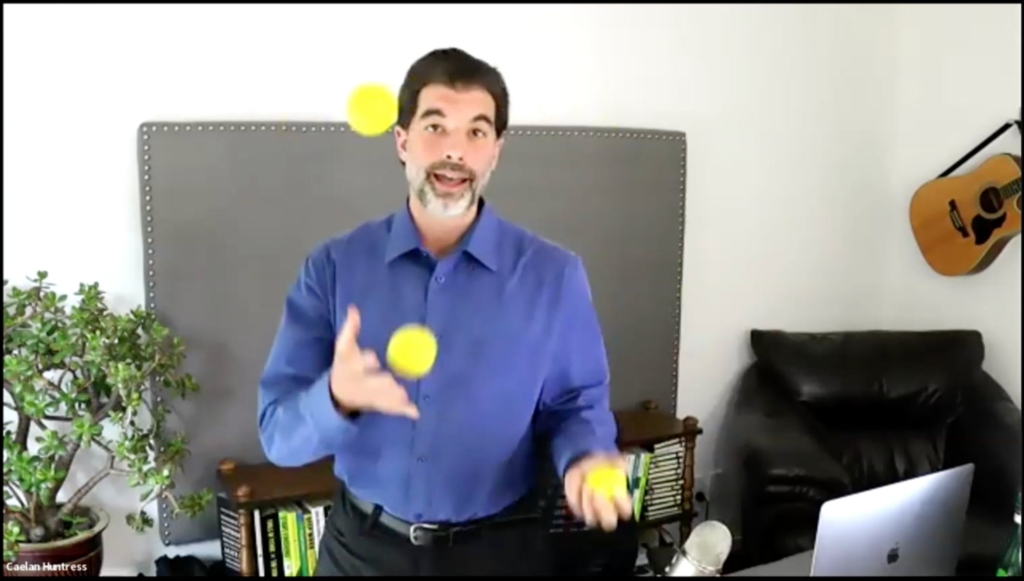
If I have a really intense day, building marketing campaigns for clients, and I know I will have to spend multiple hours in focused work, I make sure to designate the times when I will take a break and juggle for a few minutes. This allows me to keep my focus (and my enthusiasm) high, and prevent the workload from wearing me down.
Play breaks refresh your mind and increase your effectiveness.
In 2006, Pellegrini & Holmes published a study where they measured the cognitive capacity of elementary school age children, both before and after a recess break.
They found the after recess, the children were able to remember more complicated information in their brains, and retain it for longer. Other scientists tried to repeat this experiment with a physical education class, thinking that physical movement was what helped these kids think better. But they didn’t get the same results.
It turns out that what increased the cognitive capacity of these kids was not physical movement, it was play. Unstructured, improvisational, play.
When you’re on the swing set, nobody can tell you when it’s time to jump off and go to the slide. Recess is autonomous, and self-directed.
“In all forms of playful fighting and chasing, each child has the right to call time-out or to quit if the emotional or physical challenge becomes too great. Without that right, the activity is no longer play.”– Peter Gray
Structured breaks of autonomous play lead to better output.
Working for too long without a break will impair your ability to perform well. This is due to the Yerkes-Dodson Law, named after the two psychologists who published a study in the Journal of Comparative Neurology & Psychology in 1908.
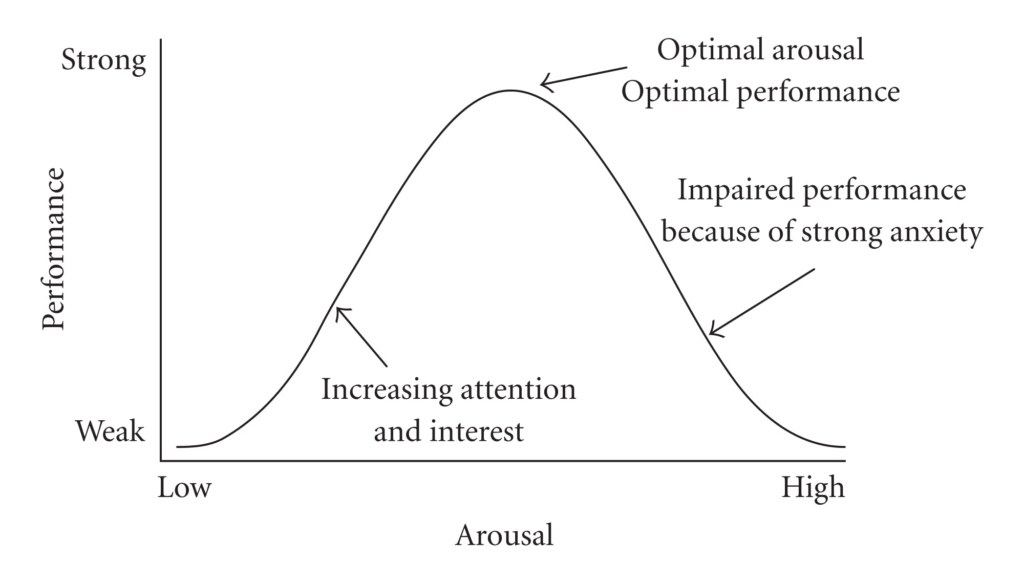
They found that performance increases with mental arousal, but only up to a certain point. Beyond ‘optimal arousal,’ additional stress would decrease performance. Putting in too much effort, without a reduction in stress or mental arousal, becomes counterproductive.
Francesco Cirillo, a German-Italian productivity consultant, developed a simple method for creating regular breaks: the Pomodoro Technique. Pomodoro is the Italian word for ‘tomato,’ and his technique is named after the common kitchen timer shaped as a tomato.
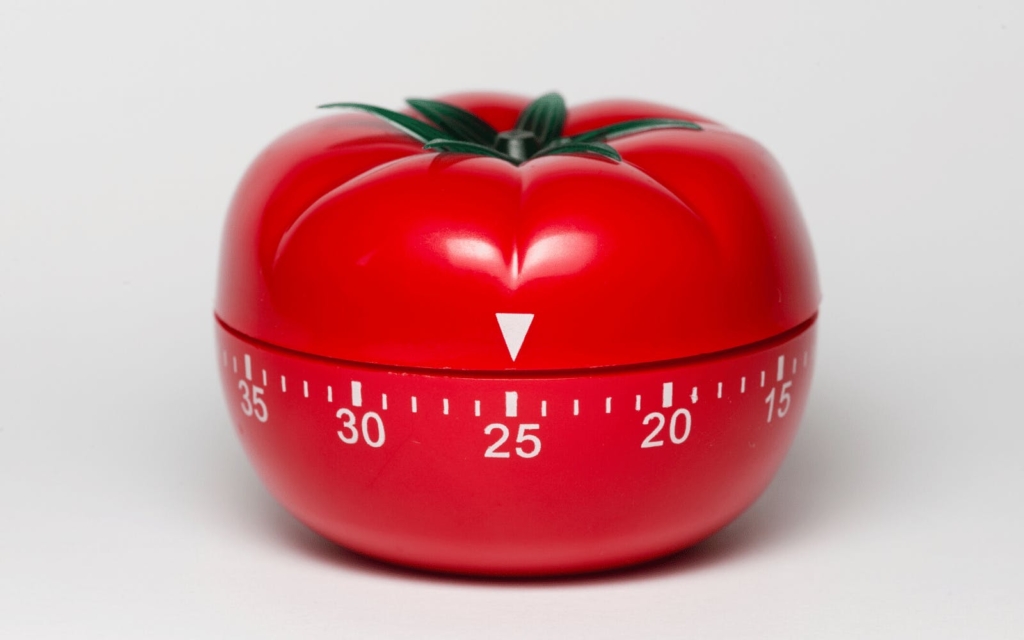
To implement the Pomodoro Technique, set a timer for 25 minutes. When the timer goes off, take a 5-minute break. The breaks must be autonomous, just like recess. If you are given instructions for how to spend your 5-minute break, it’s not really a break. You get to choose how to spend your break time, which makes your work time more effective.
This was validated in a study published in the journal Cognition, where groups of people were asked to perform 50-minutes of a repetitive computer task. Those who took 2 short breaks outperformed those who worked straight through.
Play is a choice.
When you choose to play, you will be more engaged with what you are doing, because you can bring more of your authentic self to the experience.
Play changes your state & improves your attention. By alternating states, between stress and relaxation, between work and play, you can prevent cognitive fatigue, increase variety & novelty, and maintain a higher level of energy throughout your day.
“It’s never self-indulgent to restore your energy.”– Melissa Dinwiddie
You get to choose how you play.
Being told to do something will rarely get better results than choosing to do it yourself. You will do your best work when it is both self-motivated and fun.
The best play happens in an environment of high familiarity and high pressure.
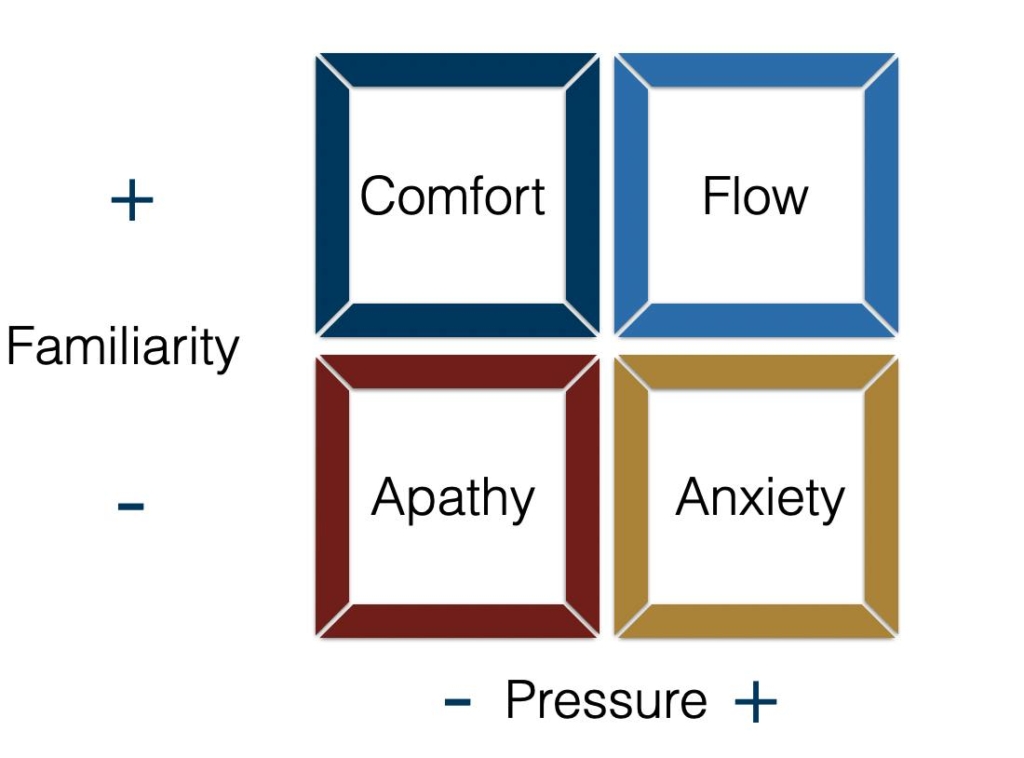
When you are unfamiliar with the environment, or the rules, and there’s no pressure to perform, you won’t feel much of anything at all. You’ll just be apathetic. When there is high pressure and low familiarity, that causes anxiety. You might be comfortable when there is familiarity and low pressure, but you won’t do your best work, or your best play. You find your flow when you have both familiarity and pressure.
That said, don’t play a game you don’t like. You get to choose what to play, during your rest breaks, so choose what you like the best.
Make a Personal Power-Up List
After a 25 minute sprint session, it’s more work to decide *in that moment* what you will do for your five minute break.
I find it helpful to keep a Power-Up List near my office door. This way, when I have a five minute break, I can just look at the list and select one. The one that I feel like doing most in the moment. Autonomous play.
Some of the things on my personal power-up list include:
- Bounce on the trampoline
- Sun salutations
- Juggling
- Meditate
- Forward bend
- Phone a friend
- Read a book
- Make a list of gratitudes
- Play with my dogs in the yard
- Laughter Therapy
- Play speed chess
- Qi Gong
- Dance
I know that if I spend 5-15 minutes in any of these activities, I will return to my work refreshed and rejuvenated.
Play is the gateway to flow.
If you were to take a five-minute break within the next hour, and the purpose of this break was to restore your energy so you would feel refreshed, what would you choose to do?
Write a Power-Up List right now, and add more things to it as they occur to you over the next few days. This list can not only help you get more out of the limited resources of time and energy, but it can also help you enjoy your life more.
🎵 “The secret of life is enjoying the passage of time.” 🎵– James Taylor




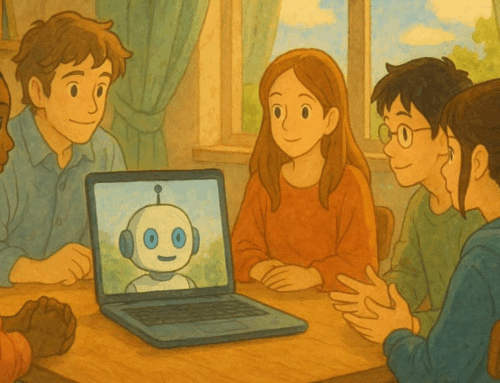
Leave A Comment